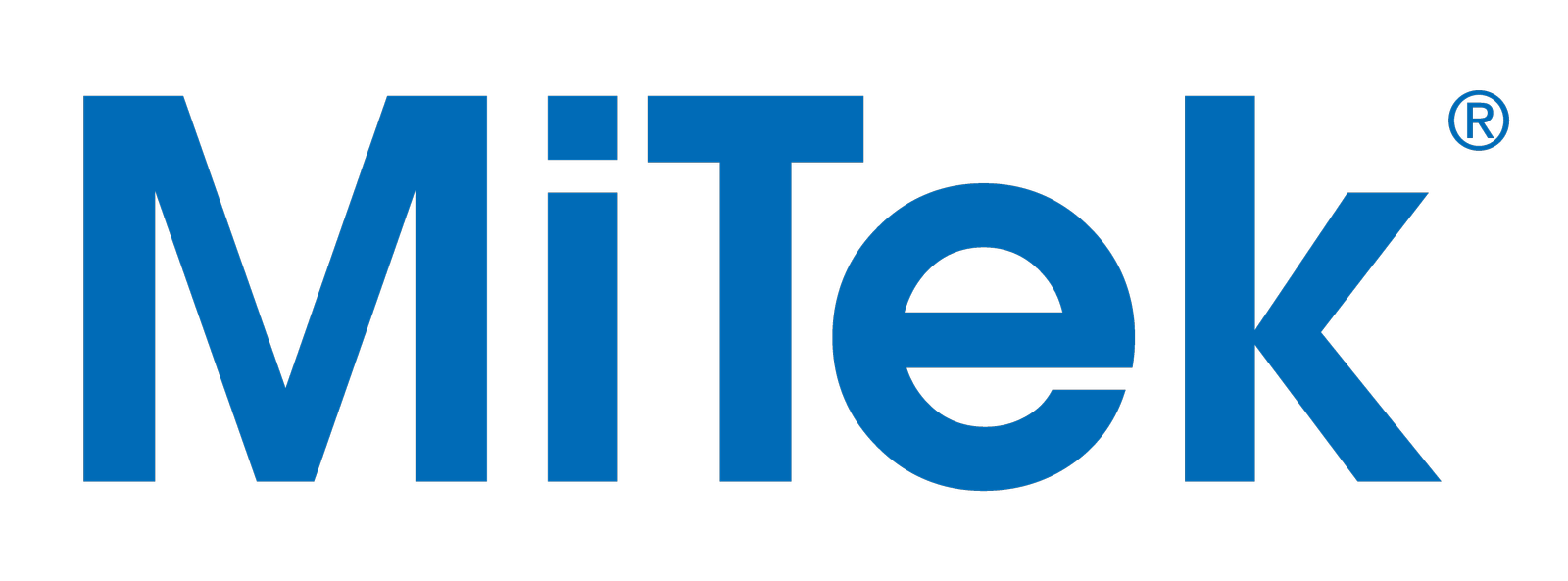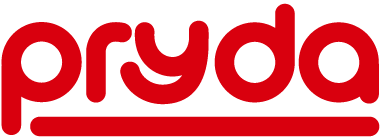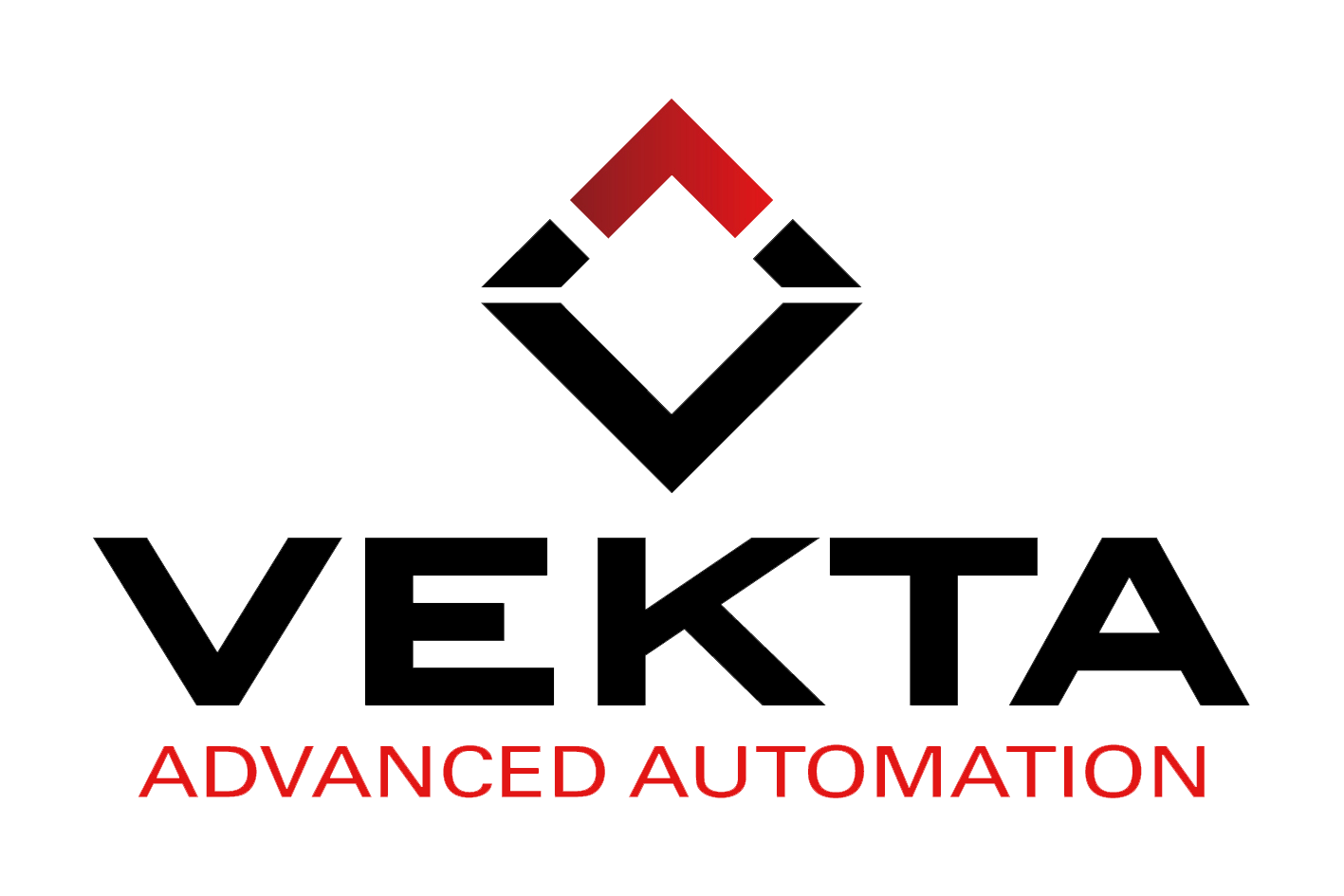
This piece was written and provided by FTMA Strategic Partner, Vekta Automation.
One of the central goals of the frame and truss sector is that everyone goes home safely every day.
“The problem is that anyone can lose focus for a moment,” says Andrew Sternberg, Truss & Frames Systems & Technical Manager at Dahlsens Building Centres. “So our job is to design ways to take the risk out of those moments, and we’ve found Vekta to be a very active partner.”
Dahlsens bought its first Razer saw about a decade ago. “We sat down with Vekta and did a full safety audit,” says Sternberg. “There hadn’t been any known safety problems with the saw, but we looked for any point at which someone could injure themselves and worked to make it completely foolproof.”
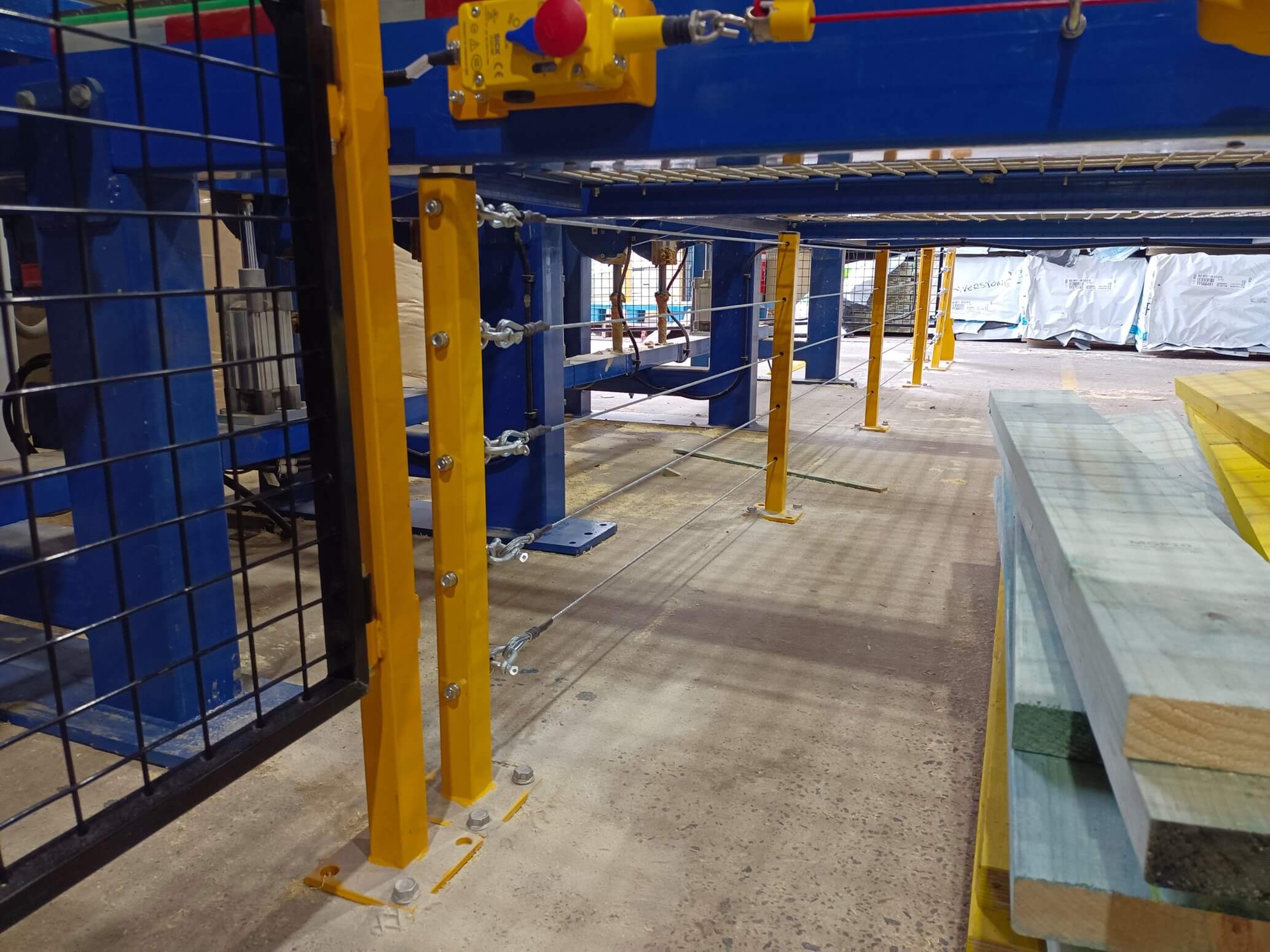
Safety fencing around the Vekta Razer saw helps stop workers getting into dangerous zones. Safety cords (at top of photo) can be reached even if the operator has fallen to the ground, and deliver an immediate emergency stop.
Ed Serrano, Managing Director at Vekta, says that while the Razer is designed from the initial engineering stage with safety at the forefront, “some customers, like Dahlsens, require more stringent safety aspects, so we customise solutions that are specific for that site or customer.”
Vekta worked with Dahlsens to add light curtains, fencing, rubber spacers around pinch points and safety cords that could perform an instant emergency stop from anywhere around the machine.
“It was great to work with Vekta and say ‘here’s what we want to do’ and have them show us how that could happen,” says Sternberg. “Ed and his team were very open to collaboration.”
That audit and upgrade became the model for other Vekta saws in Dahlsens’ 13 plants.
“Every time I place an order for a new saw, I’m able to tell Vekta ‘We want the same safety upgrade as the previous saw, or that plus A, B and C,” Sternberg says.
Along the way, the safety standard has been tweaked based on Sternberg’s team’s observations and feedback from the saw operators. One big change was on the outfeed side of the Razer.
“You’ve got pieces of timber coming out and you need to able to grab them,” says Sternberg, “so a light curtain wasn’t going to work because it would constantly stop the machine.
“Originally, we put mechanical fencing across that area, but we had compliance issues with staff stepping over it. So I designed a gate that would swing over the outfeed and stop people from walking around it, but still allow the timber to come through. The moment it swung open, the machine stopped.”
The prototype gate was discussed with the Vekta team then manufactured in Ballarat by a local fabricator. “Once it proved its worth, I sent the photos, rough drawings and details through to Ed,” Sternberg says.
“He drew it up in in CAD and started to produce it, and now we’ve incorporated it into the upgrades for our new stores.”
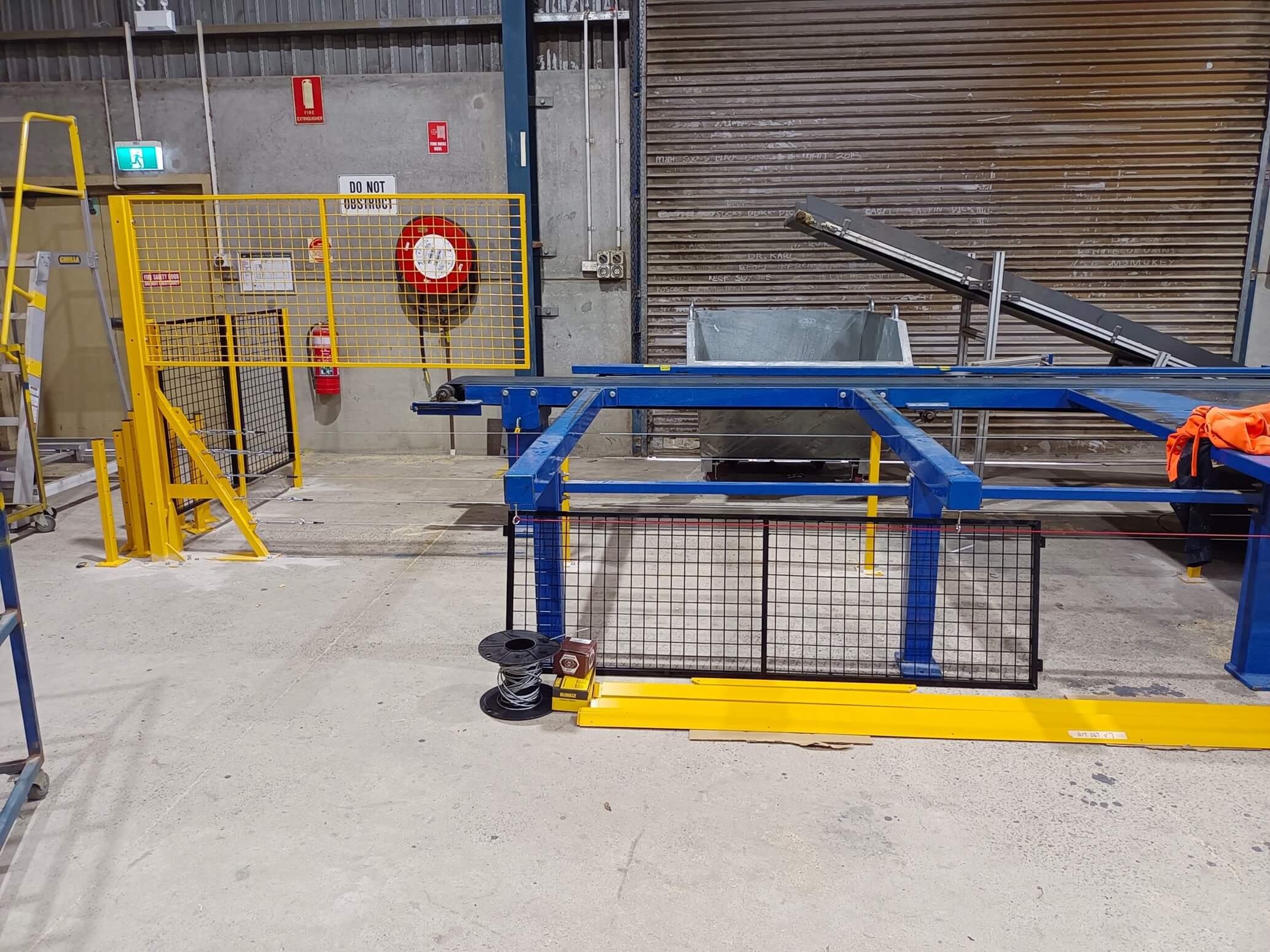
The outfeed protection gate designed by the Dahlsens team and put into production for their orders by Vekta.
There were multiple advantages to having Vekta deliver the component. “It’s the same on each machine, rather than different versions made by local manufacturers,” says Sternberg. “It’s supplied with the machine and part of the machine’s warranty and safety record; if there’s ever a problem, we can call Vekta and they can troubleshoot it.”
Recently, Dahlsens acquired Riverstone Frame and Truss, which was running an older Razer saw. It received the standard set of Dahlsens upgrades, including a Safety PLC in the electrical cabinet, plus software upgrades to suit the new systems.
“Even though that saw was 11 years old, all our safety improvements are backwards-compatible, so they can be fitted to our machines of any age,” says Serrano.
“We work off the standard that Andrew and the Dahlsens team have built and tailor it to suit the site and the age of the saw. Our goal is to meet their needs. Any safety requirements we do that are customised for a site or customer are sold at cost.”

Regardless of the age of a Razer saw, Vekta makes sure all safety upgrades
are backwards compatible, including software updates and Safety PLCs.
For Dahlsens, the effort is very much worth it. “When WorkSafe inspects, they can see that we’ve gone above their safety standards,” Sternberg says.
“If we ever do have an incident – and we’ve never had an incident on a Razer saw, but if someone worked out a way to hurt themselves – I have no doubt that we’re covered. But the most important thing is our staff. We want them to know we think their safety is worth the money. It’s not just that we want each one of them to go home safe every night, we don’t want people going home with even the smallest injury, because that can still be a pain.”
To learn more, visit Vekta.
Our Principal Partners
